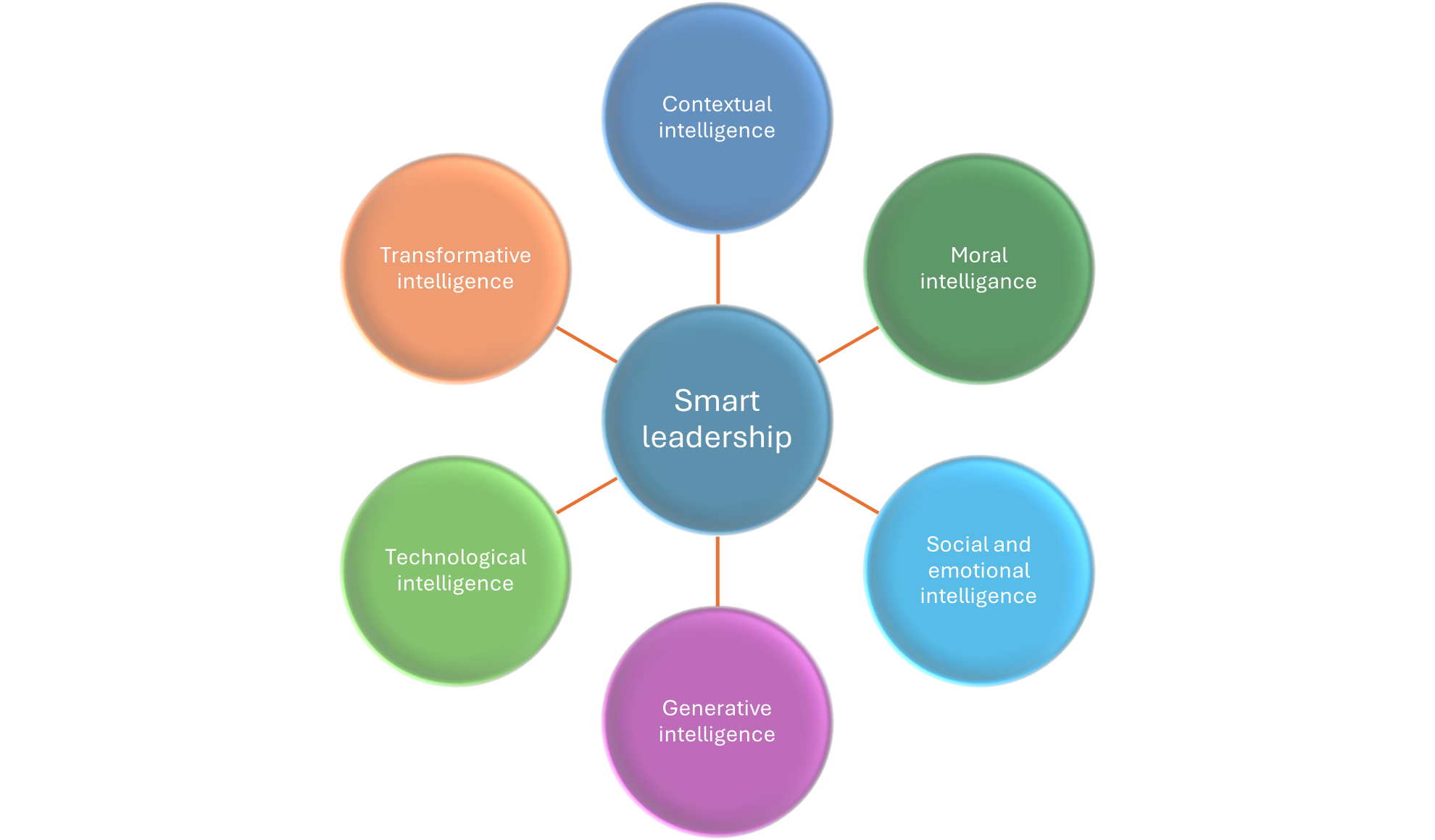Are leaders expected to be all things to all people? You might think this isn’t possible, or that it seems impractical or unrealistic, and you may be correct in thinking this. On the other hand, you may also think that it’s important to be inclusive of others, and that social spaces should be inclusive in nature. Your thinking in this respect might, for example, encompass learning environments or workspaces, and the individual and social approaches that might be used to support inclusion within them. This article explores this thinking further with a focus on leadership and the socially intelligent leader.
At its core, inclusive leadership practice is challenging. Leaders will often set the tone for inclusion by modelling socially intelligent behaviours – staying attuned to complexities, listening to diverse perspectives, taking thoughtful action, and advocating for systemic change. As a leader, this might mean asking difficult questions about your own practice. Are there ways in which well-intentioned policies or interventions might be limiting rather than enabling? Are there voices that are not being heard because they do not fit the dominant narrative?
How leaders relate to others and how they use their interpersonal competencies to work with others and influence them is a core aspect of inclusive leadership. That is, how they use emotional and social intelligence to support, inspire, and include others.
What is social intelligence?
Kao (2020) identifies six leadership intelligences (see the diagram below). These are: contextual intelligence; moral intelligence; social and emotional intelligence; generative intelligence; technological intelligence; and transformative intelligence.

It is proposed that a combination of these is required to lead morally, effectively, creatively, proactively and with vision while encompassing the needs of individuals, groups and organisations. To find out more about these intelligences you might like to look at:
Social intelligence is often linked with the use of emotional intelligence. This involves an interplay between emotions (the affective domain) and thinking (the cognitive domain). Stavrou Theodotou (2020) uses the work of Mayer and Salovey (1997) to identify four cognitive abilities that illustrate emotional intelligence:
- Appraisal and recognition of emotions in others.
- Use of emotion to facilitate performance.
- Appraisal and expression of emotion in the self.
- Regulation of emotion in the self.
Understanding our own emotions as well as those of others can support proactive leadership, by providing insights that serve to guide feeling, thinking and subsequent behaviours, interactions and relationships. Goleman and Boyatzis (2008) consider social intelligence to be a relationship-based construct, focusing on interpersonal competencies that inspire others to be effective. Crawford (2007) provides an example of this, noting that educational leadership is a social process that depends on relationships. As a result, your leadership might involve building relationships as well as supporting others to build relationships (Crawford, 2018). Social intelligence relates to learning and development with respect to successes and failures in highly complex and diverse working and social environments. It involves connecting with others using empathy and compassion.
Have a look at this short video in which Daniel Goleman explores emotional and social intelligence in leadership.
Why be a socially intelligent leader?
In a changing world full of innovation, technological change, disruption and uncertainty, leaders must be agile, fluid in approach, and able to work through networks rather than hierarchies. As Kao (2020) states ‘The commandant must give way to the orchestrator, the machine to the network’ in order to be a ‘smart’ leader.
Are you socially intelligent?
Goleman and Boyatzis (2008) developed the Emotional and Social Competency Inventory to evaluate leaders based on seven social intelligence qualities. The full tool is not provided here, but you can have a go at answering some of the questions related to each quality below. Don’t feel that you should be answering ‘yes’ to all these questions as a sort of tick list. The idea here is to help you think about being a socially intelligent leader and, if needed, where you might develop your own leadership to become more effective in your work and your influence with others.
|
Empathy |
Do you understand what motivates other people, even those from different backgrounds? Are you sensitive to others’ needs? Are you able to put yourself in the shoes of others? |
|
Attunement |
Do you listen attentively and think about how others feel? Are you attuned to others’ moods? |
|
Organisational awareness |
Do you appreciate the culture and values of the group or organisation? Do you understand social networks and know their unspoken norms? |
|
Influence |
Do you persuade others by engaging them in discussion and appealing to their self-interests? Do you get support from key people? Are you a trusted role model? |
|
Developing others |
Do you coach and mentor others with compassion and personally invest time and energy in mentoring based on your ongoing personal development? Do you provide feedback that people find helpful for their professional development? |
|
Inspiration |
Do you articulate a compelling vision, build group pride, and foster a positive emotional tone? Do you lead by bringing out the best in people? Do you have credibility with others? |
|
Teamwork |
Do you solicit input from everyone on the team – listen to different perspectives? Do you support all team members and encourage cooperation and collaboration? Do you share information with others? |
(adapted from Goleman and Boyatzis, 2008)
Conclusion
Socially intelligent leaders don’t only value inclusion, they build capacity within their teams to embrace and enact it. Such leaders often recognise that every decision – whether it’s about resource allocation, curriculum design, or classroom practices – can either reinforce barriers to learning and understanding, or break them down. The socially intelligent leader is self-aware and focuses on understanding others, forging human connections, and fostering the talents of all.




Rate and Review
Rate this article
Review this article
Log into OpenLearn to leave reviews and join in the conversation.
Article reviews